A few weeks ago I left the confines of Seoul and headed north, up to Paju. I don’t know if you’ve heard of Paju, but the last time I went was to see the Heyri artist village. That was a great trip and well worth a day trip or even just an afternoon. At the time, though, I had no idea that little bitty Paju had something else to offer besides the Heyri and the miles upon miles of barbed wire electric fence patrolled by steely eyed Korean sentries standing guard on the border. How could I know that Paju also is home to Korea’s best kept secret: it’s very own English Village.
Upon hearing about the village I immediately pictured a long lost tribe of English settlers. I imagined they had gotten lost centuries ago, fleeing from tyrannical British rule but instead of ending up in America, like the Mayflower, they found themselves alone on the shores of Korea. Strangers in a strange land they no doubt had been shunned, forced to live in their own little English Village. The isolation, of course,over the prevailing years preserving their medieval culture and lifestyle. Awesome, right?
Sadly, the English Village of my day dream had no basis in reality. Built in 2006, along with two sister sites, the Paju English Village was founded on the idea of creating global Koreans. Giving children the chance to learn and experience the language in an environment that completely immerses them to speak, think and have fun in English.
To that end the Korean government spared nothing in the creation of the facilities. The buildings are duplicates of ones you’d find in an English town. It’s like they’ve been plucked from the countryside and plopped down in Korea. I have to say the cobblestone streets are a nice touch. Then there’s a replica of Stonehenge and a castle gate, a city hall with pillars, a huge indoor concert hall with a working decorative fountain, a lovely outdoor theater complete with pond and raised walkway.
The illusion to make visitors feel as if they were actually in an English Village has one more element: the staff. At the English Village the primary staff are called Edutainers. These folks hail from English speaking countries and have background in the arts and entertainment field. Actors, singers, writers, and graphic artists come to together to produce, direct, and star in the shows at the village. They even design and produce the marketing material including posters and flyers for the shows.
The site also has an exhibition hall, a science center, a cafeteria, a media center, a mock immigration office, a teacher’s workshop, a clinic, dorms for staff and visitors, and a sports center.
The programs offered include workshops for toys, robots, and ceramics; kindergarten music and play time; music, culture, and creativity programs as well as situational role playing, storytelling and baking. On weekends visitors can participate in jewelry making, wood shop, and candle making,
With English learning being such a big craze in Korea and with all the English Village has to offer I thought the place would be teeming with eager children. The untapped potential of the English Village should be a mark on some bureaucrat’s resume.
The Good:
The grounds are impressive. It feels like you’ve left Korea for some unknown abandoned English City. Also there’s the Pub that just reopened! That’s good.
The Bad:
They need better marketing. A place that big should be swarming with kids especially in a country that is so eager to learn English.
The Weird:
Often companies rent out the space to hold seminars or retreats for their staff.
Prices:
Hours:
Call
Phone:
| 82-1588-0554 |
Address:
Paju City, Gyeonggi Province, 1779 Beopheung-ri, Tanhyeon-myeon, Republic of Korea, 413-780
Website:
Directions:
Go to Hapjeong Station. Take exit two. Directly in front of you will be a bus stop. Take bus 2200. There will be a line so que up! It takes about forty minutes depending on the traffic. Get off at the English Village stop. It’s right after the Heyri Art Village.
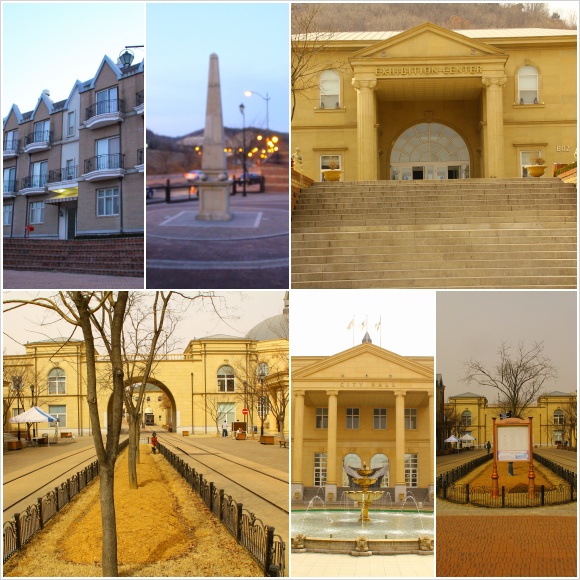
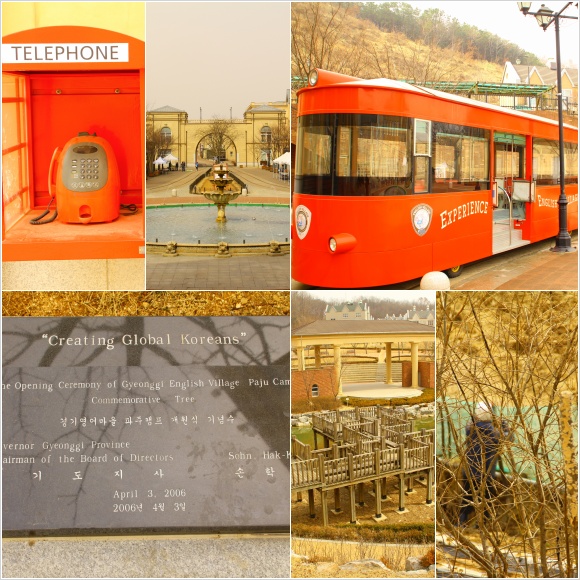
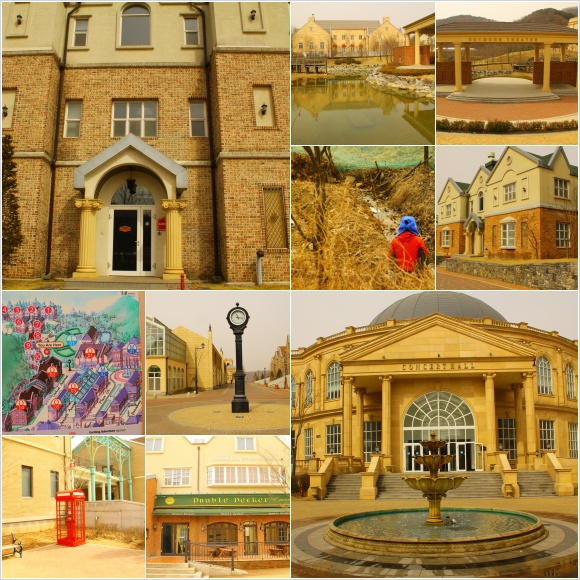

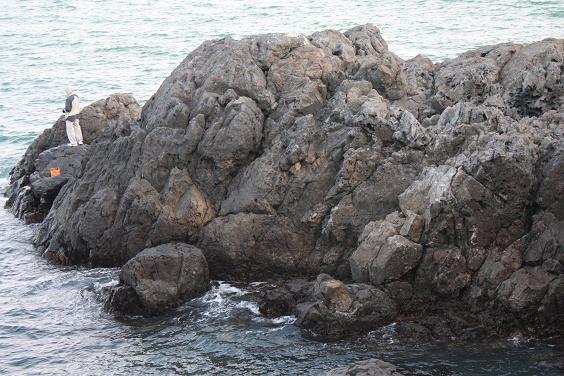
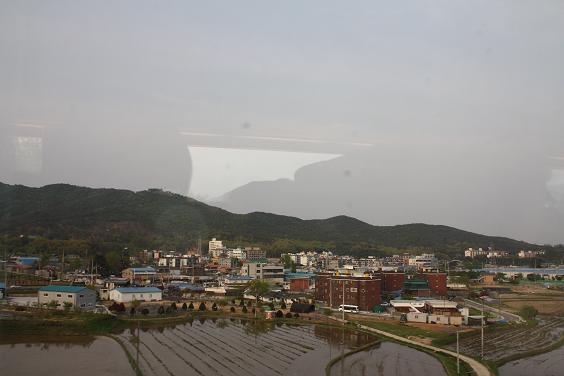

Its nice to here that there is some place on korea which expand and develop english in their villages.